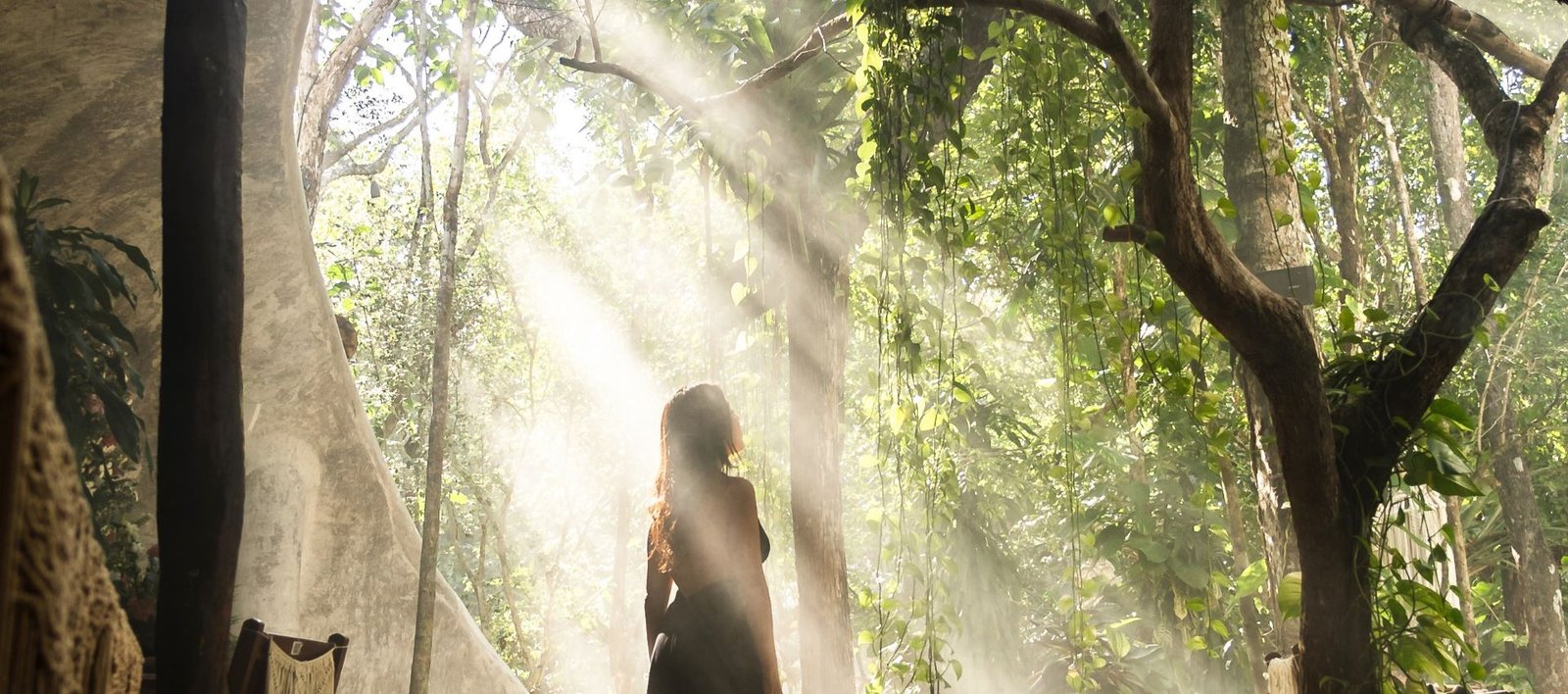
All roads lead to Tulum
Everyone is looking for a bohemian escape these days. The Mexican Caribbean takes on a sophisticated and artistic air in Tulum, which was strictly a local destination twenty years ago. Today it is one of the most sought-after tourist destinations in the world, accessible by a direct Copa Airlines flight from Panama City beginning in June.
By Alexa Carolina Chacón
Photos: Rommel Rosales
Tulum feels
Tulum smells of copal and is made of wood. Copal is a type of incense burned by the Maya to purify, protect, and lift the spirit. A trip here will purify your soul at every turn. Literally so, since copal is burned in the doorways of shops and restaurants. Tulum is understood to be sacred territory and is respected as such, so you can rest easy when you vacation here. If you’re familiar with Cancún or Playa del Carmen, other popular tourism destinations in the state of Quintana Roo, you’ll find that Tulum is but a distant cousin. So close and yet a world apart. Everything is concentrated on a hotel street where traffic consists of bicycles and scooters. The hotels share an aesthetic, with similar earth tones and dense vegetation to ensure privacy.
Tulum feels like someone had a utopian dream of the future and not only wrote it down when they woke up, but actually set out to build it. This is not a Jetsons future, but rather a future in which people perch in nests of bejuco wood and concrete in the treetops, and swim in cenotes (natural pool or limestone sinkhole) instead of swimming pools. With a revolutionary vision of how a beach destination should look, and above all, feel, Tulum makes nature the lead character, captivating anyone seeking the good life. Let me share it with you.
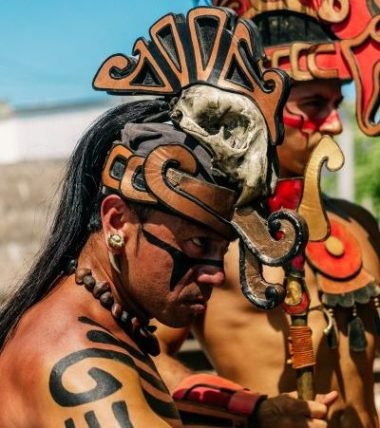
Hotels That Changed the World
It’s a dramatic title, but not far off the mark. Azulik is evidence. Designed by Eduardo Neira and his company, Roth Architectures, the hotel’s aesthetic is evident in the extraordinary use of natural materials and the unquestionable primacy of plants. Nature was not vanquished in building Azulik on the seafront at the edge of the hotel zone. Instead, the builders adapted to the natural surroundings, including the age-old cenote on the property. y. The buildings take advantage of bejuco wood’s ability to bend, with the resulting curves complemented by otherworldly structures overlaid with cement. The jungle mist permeates the rooms at night. There is no air conditioning or showers, only tubs.
Neira came to Tulum 20 years ago, hoping to further exalt what was already happening there. Residents of nearby areas came to connect with unspoiled nature by candlelight and moonlight. Azulik honors that lifestyle in the guise of a hotel. I will be the first to admit that this hotel suits a specific type of traveler, but that’s not a problem, since there is a Tulum for everyone. Shibari Tulum is built around a cenote of turquoise water. That’s right: instead of a giant swimming pool, we have a cenote. If this isn’t luxury, I don’t know what is. Located next to the jungle, the complex is surrounded by unspoiled nature that announces its presence every morning. This is just the place for tourists who love unique once-in-a-lifetime stays.
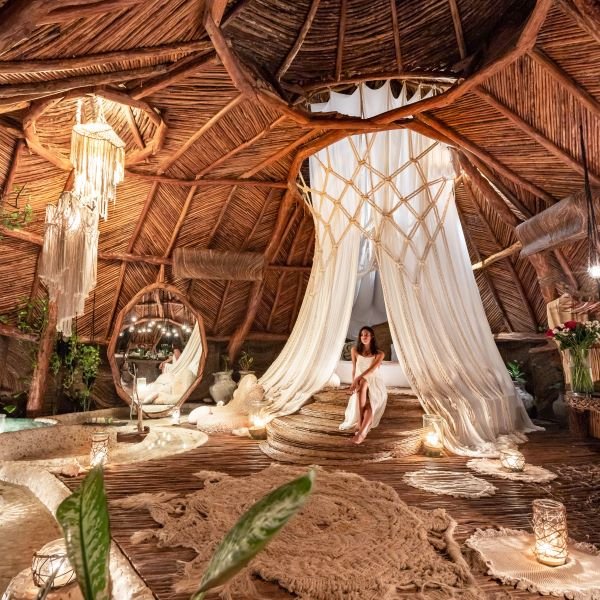
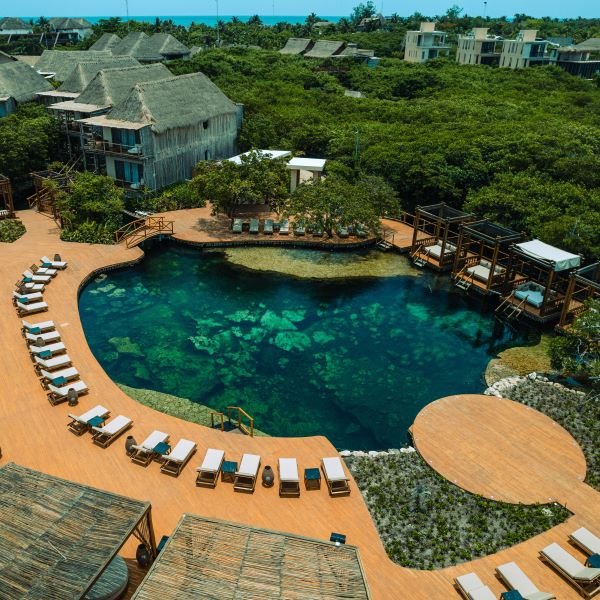
Azulik
@azulik
azulik.com
Hotel Shibari Tulum
@shibaritulum
shibaritulum.com.
Tulum: “Resort” of the Maya
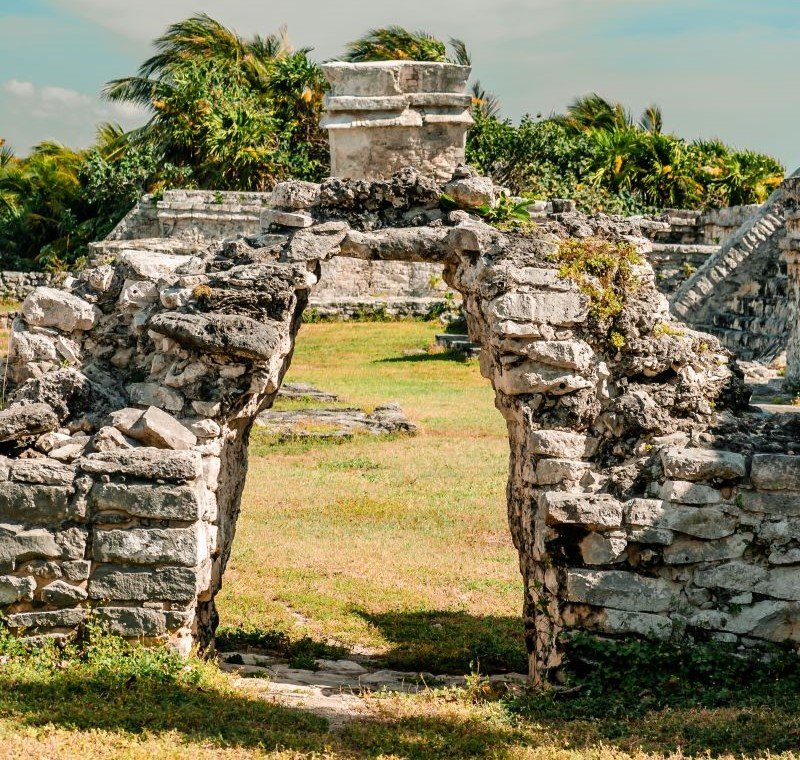
The soul of Tulum lies in the archeological site that lends its name to the city. Given the location, it is impossible not to imagine it as the area’s first resort. The meaning is much deeper than this superficial analogy: just steps from the Caribbean Sea, this complex of temples provided the ancient Maya city with access to important maritime trade routes. Its position facilitated the exchange of goods and culture with other Mesoamerican civilizations. The archeological ruins reveal the presence of ceremonial structures, palaces, and buildings such as The Castle, a pyramid that served as a lighthouse and astronomical observatory. I suggest you take this tour early in the day to avoid long lines.
Dine Well in Tulum
Dining options are led by Arca, number 29 on the list of Latin America’s 50 Best Restaurants; there, chef José Luis Hinostroza infuses everyday dishes with a touch of sophistication. The host checks our reservations and seats us under tall palms in the moonlight. Tostadas of octopus with recado negro (mixture of blackened chiles and spices), trout, or bone marrow are fanned out across the table for us to share. Every astonishing bite leaves us speechless. My favorite part was the cocktails. There is a good reason this restaurant checks in at number 23 on the list of North America’s 50 Best Bars.
A visit to Atta (at the Shibari) is also mandatory. Their vision highlights Mexican flavors with a modern twist. The charcoalgrilled lobster and the espresso martini with tequila instead of vodka —my usual bar order— will forever live in my memory. The same can be said of Baalmán, a 30-minute drive from downtown Tulum. The restaurant was designed inside the cave of a cenote, which can be explored before dining. One word sums up Tulum: unique.
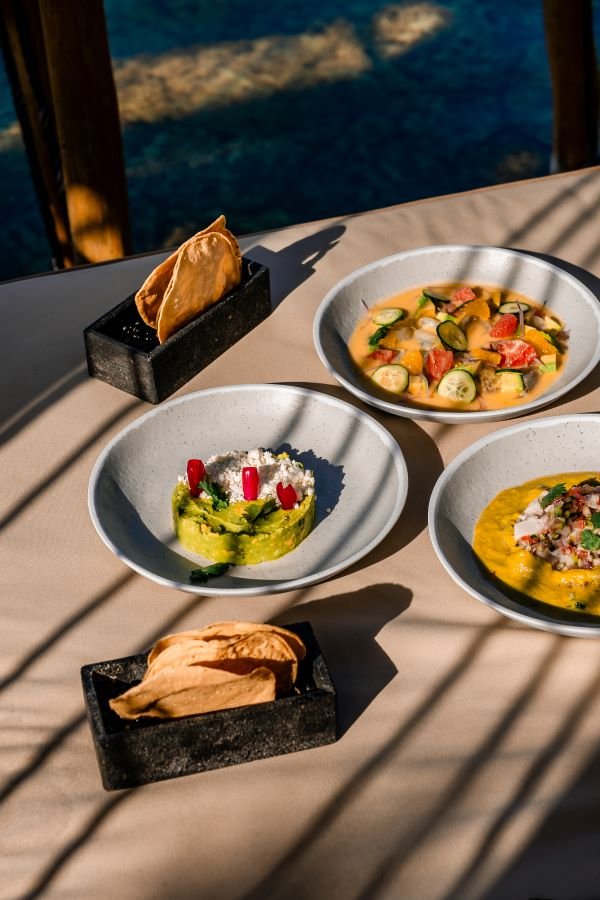
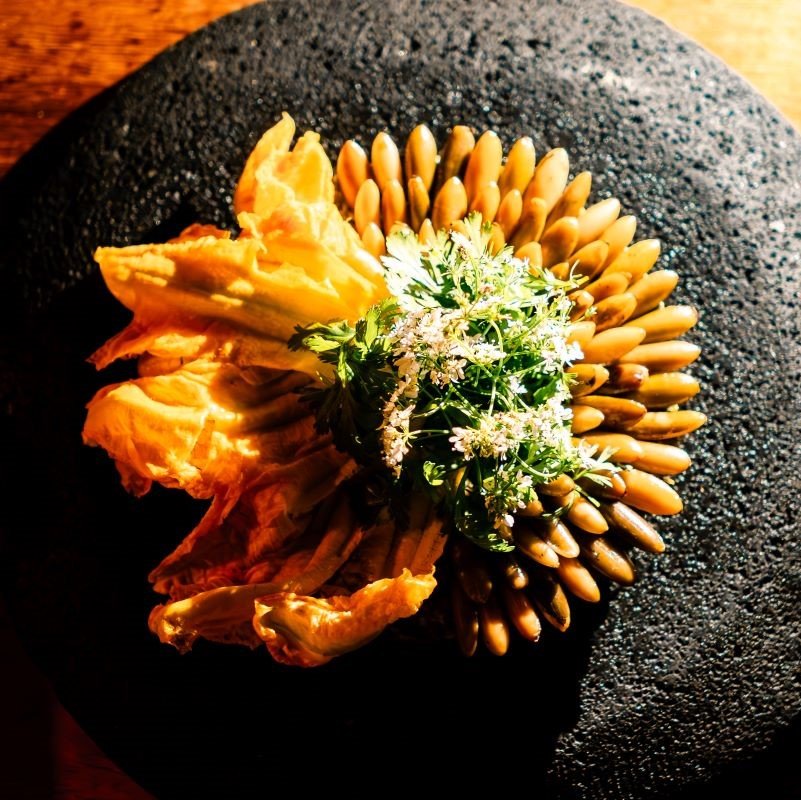
Baalmán Restaurant
@baalmantulum
baalman.com.mx
Arca Restaurant
@arcatulum
arcatulum.com
Atta Restaurant
@shibaritulum
atta@shibaritulum.com
Living Nature
A twenty-minute drive takes us south of the city to Sian Ka’an, an extensive Biosphere Reserve that was named a UNESCO World Heritage Site in 1987. This ecosystem, with its combination of fresh and saltwater environments, impressively reveals the power of nature along the Riviera Maya. We set off from the Sian Ka’an Community Tours office by car and then transfer to a boat that glides through the lagoon into the mangrove forests and the astounding canals constructed by the Maya.
The best part of the experience comes later: we are given life jackets and invited to jump into the water from a small pier. I can feel the current carrying me along as crystalline water flows over a limestone bottom. Wildlife rustles in the nearby forest under a cloudless sky. The reserve is inhabited by jaguars, manatees, spider monkeys, dolphins, and an enormous variety of birds. The tour ends with a traditional Maya lunch and the tan glow that can only be acquired in the Caribbean.
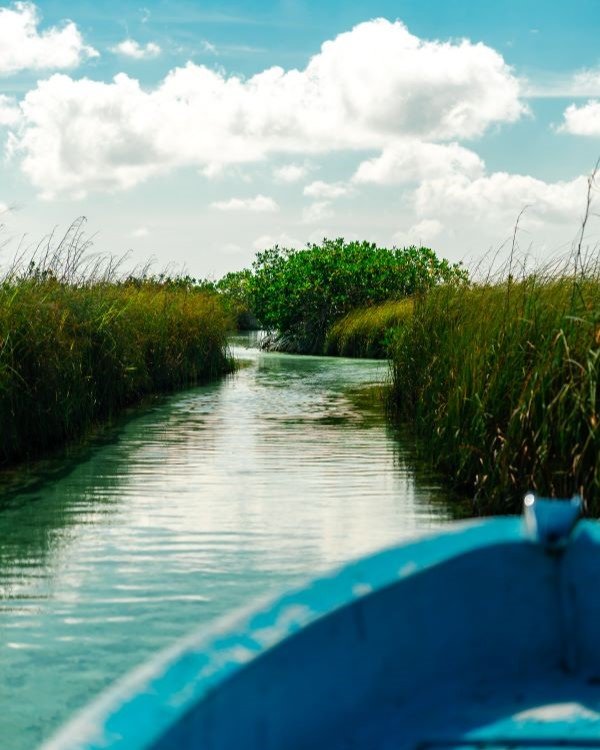
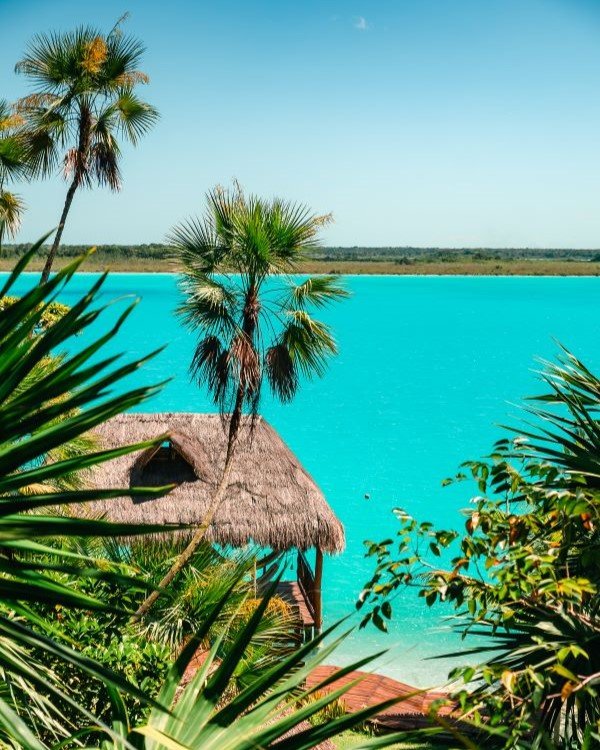
Bacalar: The Shining Jewel of Quintana Roo
I first heard of Bacalar in an article promoting it as the next great destination in the Mexican Caribbean. It was a pleasant surprise to learn that it is situated in southern Quintana Roo, a three-hour drive from Tulum. Is it worth the trip? Absolutely More laid-back and less crowded than Tulum, Bacalar boasts the star attraction of the Lagoon of Seven Colors, named for the waters that shade through several hues of blue and green. The hotel zone, developed around the lagoon, is dotted with piers that provide views of the intensely turquoise water. Exploring the freshwater lagoon by sailboat convinces us that it is safe for swimming: the water is shallow and there are no waves.
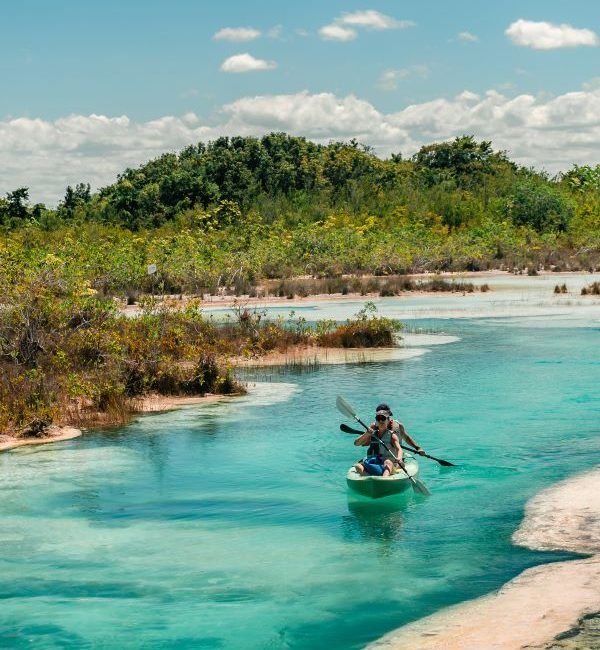
The Chacchoben Archeological Zone is another significant site in the state of Quintana Roo. It is located some 44 miles north of Chetumal, the state capital.
Bacalar also offers boutique hotels with exclusive facilities. The Amainah Bacalar presents a brutalist design adapted to the tropics. Far from overwhelming us, the imposing walls lend us their own benefits. Each room —some with a private pool— enjoys a view of the lagoon. I delighted in one of the most spectacular sunrises of my life here. Guests can rent kayaks or reserve spa treatments. Romantic dinners are served on the pier. Tulum and Bacalar are great couples destinations, with the latter being known for its waterside wedding venues.
The Bacalar rapids are as impressive as the lagoon. This is a perfect place to simply while away the day, as some international visitors prefer to do. Skirting the rapids is a wood walkway that will take you to the starting point, where you’ll put on a life jacket and slip into the current. The water is cooling, and the current is gentle. When you’re tired of floating, you can lounge in the sun at the water’s edge with a refreshing beverage.

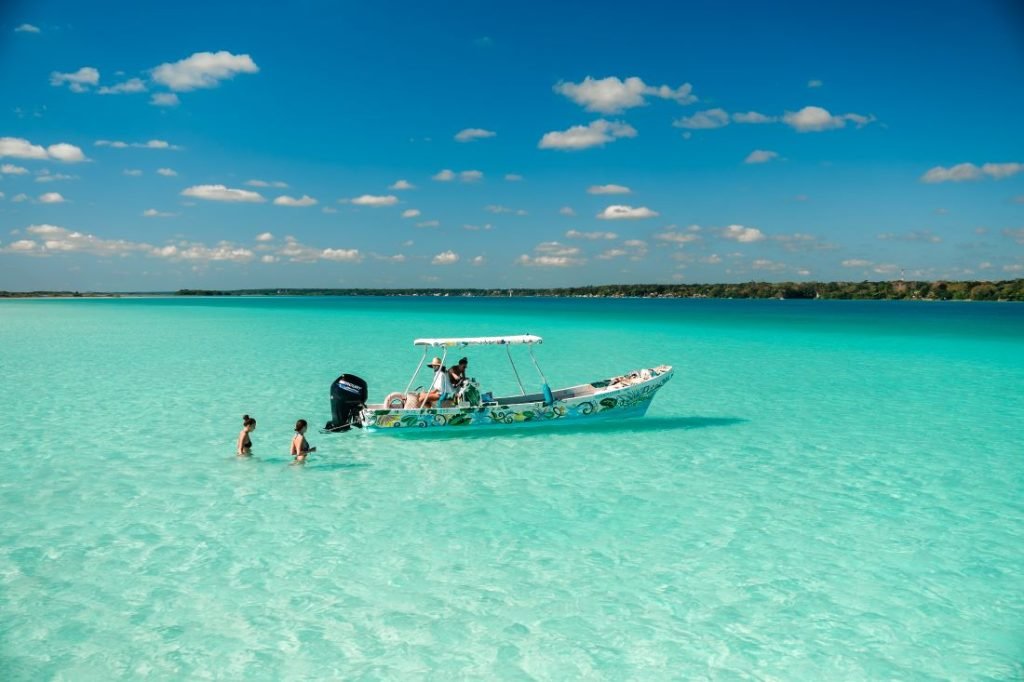
Hotel Amainah @amainah.mx amainah.mx
Sailboat tour @bakhlalar_Adventures bakhalar.com/bakhalar-adventures
Destination weddings: @zamiabacalar
Tour operator: @aleanasailingtours
Bacalar Rapids @losrapidosbacalar
Art on Every Corner
One of the most popular places to appreciate outdoor art installations is Art Park, home to artist Daniel Popper’s humanoid sculpture “Ven a la luz”. Situated in Tulum’s hotel zone, this park brings together large-scale works intended to help you create “Instagrammable” souvenirs of your visit.
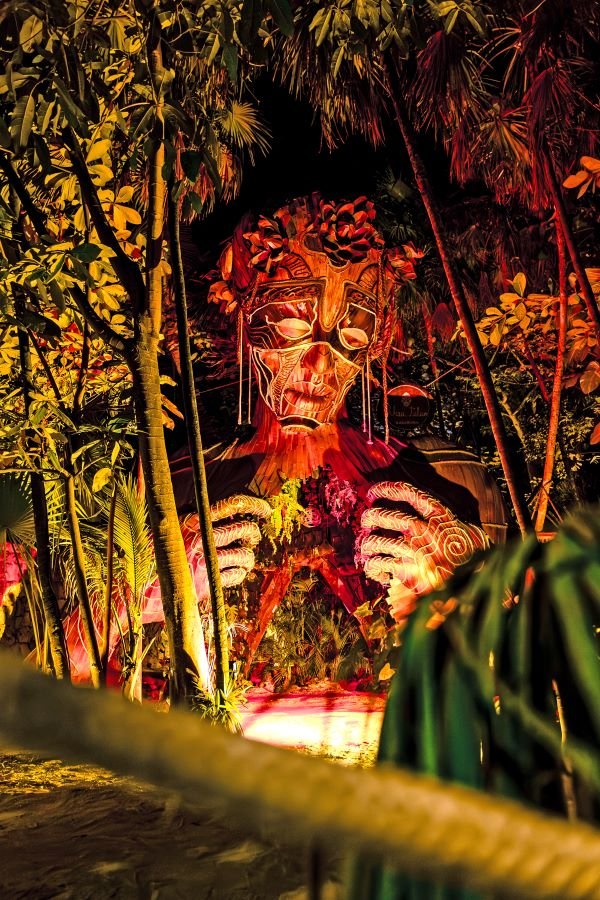
Sfer Ik Museion, the contemporary museum and restaurant built by Roth to explore Azulik’s aesthetic and vision in greater depth, is undoubtedly the most well-known and admired art venue in the area. Located in the Uh May jungle, an hour from the Tulum hotel zone, the site blurs the line between architecture and art, creating a mystical, unsettling space.
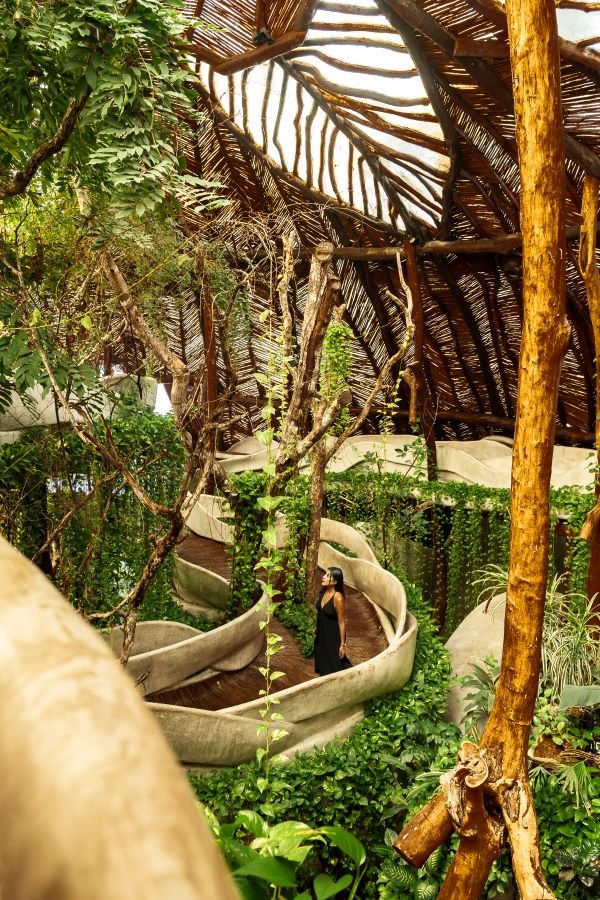
Are you a Fan of Artisan Beer? Try Tulum
The Tulum tourist experience is complete and multi-faceted. The Tulum brewery —and its artisan lager made with chemicalfree, pure, alkaline sea water— offers a beer tasting unlike anything you’ve ever experienced: a copal cleansing leads you into the Maya world, where actors personify the ingredients and narrate the history of the brewing company. Then you head to the production plant, where experts will talk you through the beer-making process step-by-step. Dinner with beer pairings wraps up the tour.
@tulumcerveza tulumcerveceriaartesanal.com

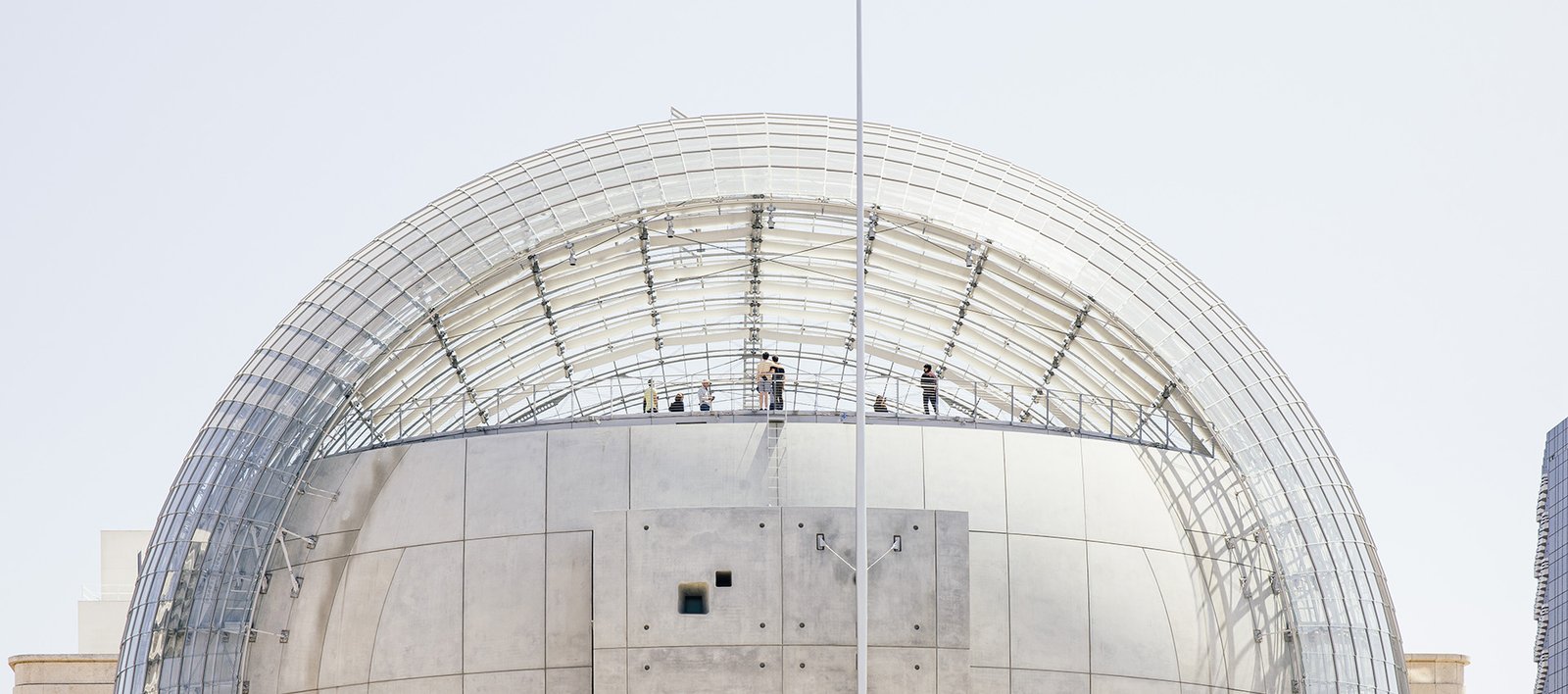


Leave a Reply